Since we live in the digital age, web apps are an important part of our daily lives and have changed the way we use technology. most of the people asked how to build a web app an the answer is Web apps are used for many things and are aimed at many groups of people. They range from social networking sites to online banking systems. If you want to get into web development, you need to know about the different types of web applications, how to make them, their benefits, and their costs. This guide will go over these topics in more depth, giving you information on how to make web apps that work well and are reliable in 2024.
Need help with Website Development?
Tell us about your project and get a free quote.
Types of Web Applications
There are different kinds of web applications, and each one is designed to do something special and appeal to a different group of users. The following are some popular types of web applications:
Static Web Application

These web apps show users information that has already been set and doesn’t change on the fly. They’re good for showing off information that doesn’t change often, like product listings or company portfolios.
Dynamic Web Applications

Dynamic web apps, on the other hand, make content on the fly based on what the user does or what data they enter. E-commerce sites, social media sites, and internet forums are all examples.
Progressive Web Applications (PWAs)

PWAs let you use the web and native mobile apps at the same time. They let you access them through web browsers and offer features like offline access, push notifications, and gadget hardware access.

Social Media Platforms

Web apps for social networks let users make profiles, connect with others, share material, and do other social things. Facebook, Twitter, and Instagram are some examples.
Content Management Systems (CMS)

Users can make, edit, and post-digital content on websites with the help of Content Management Systems (CMS) web tools. They have tools for editing material, controlling who can see what, and keeping track of different versions.
What is a Web App?
Web browsers let people access software programs called “web applications” that let them do certain jobs or get to services over the internet. Website apps, unlike desktop apps, don’t need to be installed and work on any device with an internet link. Web apps use server-side scripting languages, HTML, CSS, JavaScript, and other technologies to give users experiences that are dynamic and engaging.
How to Create a Web App in 2024: 15 Steps
Creating a web application involves a systematic process that encompasses various stages, from conceptualization to deployment. Here’s a step-by-step guide to building a web app in 2024:
Define Your Objectives

Outline your web app’s purpose, audience, and most important features to give developers a clear idea of where to go with their work.
Conduct Market Research

Check out the competition, figure out what users want, and look at market trends to make sure your web app meets standards and solves problems that matter.
Want SEO/Digital Marketing Services?
Want to increase traffic and boost sales? Book a Free consultation call with our Expert!
Choose the Right Technology Stack

Choose the right technologies, frameworks, and computer languages for your project based on its needs, its ability to grow, and the skills of your development team.
Design User Interface (UI) and User Experience (UX)

Make wireframes, models, and prototypes to see how the app will look, how it will be navigated, and how people will interact with it. Focus on giving users an experience that is easy to understand and looks good.
Develop Backend Infrastructure

You can store, retrieve, and process data by setting up servers, databases, and APIs. Pick hosting services that you can trust, and make sure your design is scalable so it can grow with your business.
Implement Frontend Components

Write code in HTML, CSS, and JavaScript to make the client-side layout responsive, and accessible, and work with all browsers.
Integrate Third-Party Services

You can add extra features like payment handling, authentication, and analytics by using external APIs, libraries, or plugins.
Implement Business Logic

Create server-side logic and application workflows to successfully handle user requests, check data, and carry out business rules.
Test Functionality and Performance

Do a lot of testing, like unit testing, integration testing, and speed testing, to find bugs and fix them, make the code run more efficiently, and make sure it works well on all devices and browsers.
Implement Security Measures

Protect sensitive information and stop data breaches and unauthorized access by putting in place strong security measures like data encryption, user authentication, and authorization methods.
Want to Optimize/Customize your website or App?
Book a Free consultation call with our Expert!
Optimize for SEO

Use search engine optimization (SEO) tools like meta tags, structured data markup, and page speed optimization to make your web app more visible and higher up in search engine results.
Implement Continuous Integration and Deployment (CI/CD)

CI/CD tools let you set up automated build, testing, and deployment processes that will speed up time-to-market, make development workflows more efficient, and ensure code consistency.
Gather User Feedback

Ask beta testers, early adopters, and target users for feedback to find performance problems, get feature requests, and make sure your app’s value proposition is true.
Iterate and Improve

Iterate on your web app all the time based on user comments, performance metrics, and changing market trends to keep users happy, engaged, and coming back.
Deploy and Monitor

Once you’ve put your web app on production servers, you can use monitoring tools and analytics platforms to keep an eye on its speed, uptime, and user activity. Maintain and update your app regularly to fix security holes, add new features, and improve speed.
How Web Apps Can Help Enterprise Businesses
Web applications offer numerous benefits to enterprise businesses, including:
Scalability
Web apps are easy to expand to handle more users, more data, and more business operations without having to make big investments in technology.
Accessibility
Web apps can be used on any device with an internet connection, so workers can work from home, easily work together, and get to important business tools from anywhere in the world.
Cost Efficiency
Web apps are cheaper for businesses of all sizes to use than regular desktop apps because they don’t need as much money up front to be developed, deployed, and maintained.
Integration
Web apps can connect to third-party services, databases, and other systems, making business processes more efficient, making data more visible, and making it easier for teams to share information.
Analytics and Insights
Web apps can gather and look at information about users, performance, and exchanges with customers. This can help with making decisions, planning strategies, and improving performance.
Security
Strong security measures, like data encryption, multi-factor authentication, and access controls, are used by enterprise-grade web apps to keep private data safe and reduce cybersecurity risks.
Customization
Customization of web apps is possible to meet the needs of businesses, users, and workflows. This lets businesses find solutions that fit their special needs and goals.
What is cost to developing a web app?
It depends on the complexity, features, technology stack, experience of the development team, and length of time needed for the project to determine how much it costs to make a web app. Cost factors for making a web app usually include:
Initial Planning and Research
Expenses related to setting project goals, doing a market study, and making a project roadmap.
Design and User Experience
Inexpensive costs linked to UI/UX design, wire-framing, prototyping, and making visual assets.
TALK TO US AND GET YOUR PROJECT MOVING!
Get a Free Consultation with our expert and let us know your project idea to turn it into an amazing digital product.
Development
Front-end and back-end development costs, which include writing, testing, and adding features and functions.
Infrastructure and Hosting
Cloud infrastructure, servers, databases, name registration, hosting services, and infrastructure costs.
Services Provided by Others
Costs of adding third-party APIs, libraries, or plugins for extra features like analytics, payment platforms, and social media integration.
Testing and Quality Assurance
QA costs include both human and automated testing, fixing bugs, and making the system run faster.
Deployment and Maintenance
Expenses related to putting the web app on production servers, as well as costs for ongoing assistance, maintenance, and updates.
Conclusion
Starting with ideas and designs and continuing with programming, testing, and deployment is all part of a systematic process for making a web application. Understanding the different types of web apps, how they are made, their benefits and their costs can help businesses make smart choices and create successful digital solutions that meet user wants and help the business grow in 2024 and beyond.



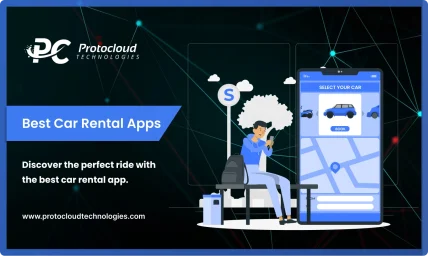
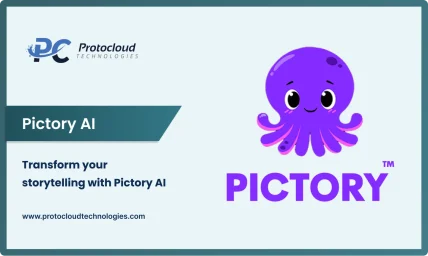

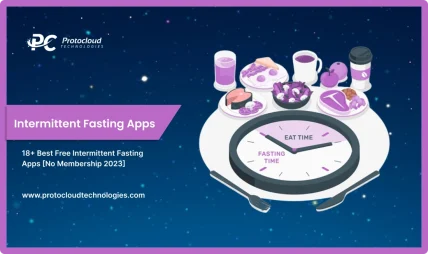
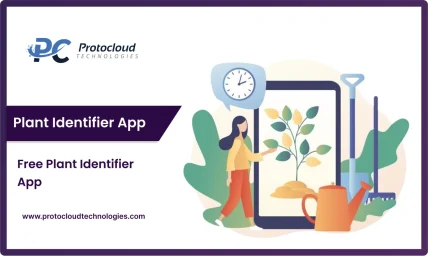
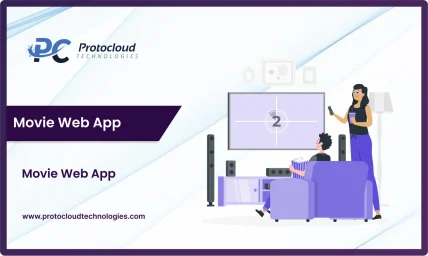
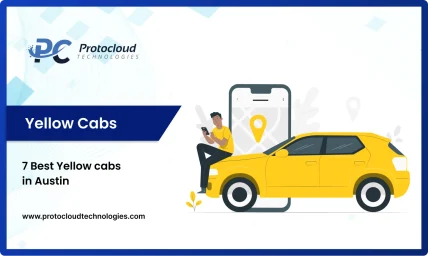
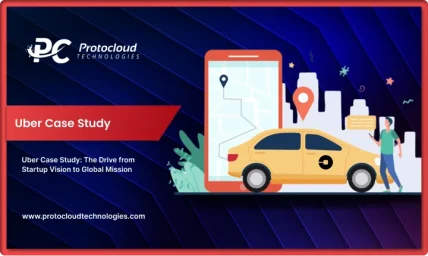
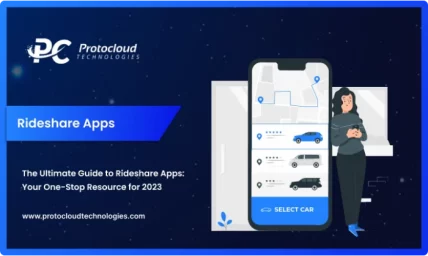
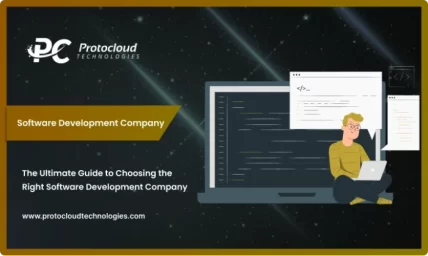
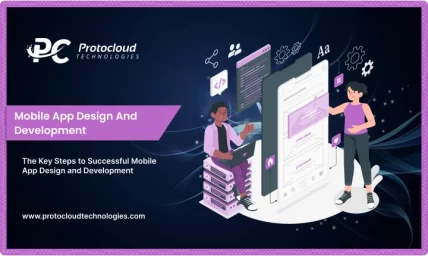
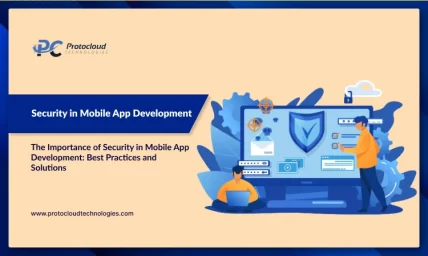

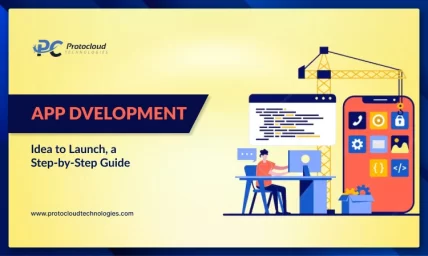
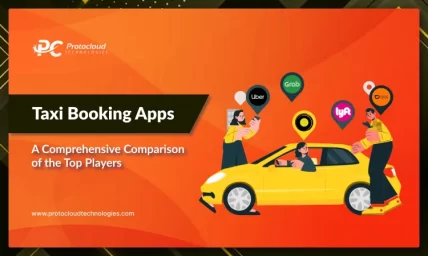
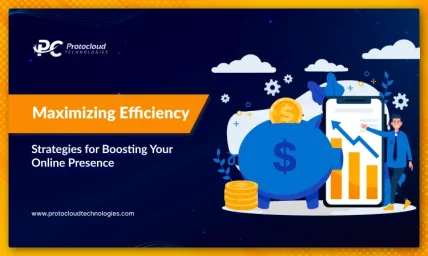
Your blog has become my daily dose of positivity and inspiration It’s a space that I always look forward to visiting
Your posts are always so relatable and relevant to my life It’s like you know exactly what I need to hear at the right time
I do not even know how I ended up here but I thought this post was great I dont know who you are but definitely youre going to a famous blogger if you arent already Cheers.